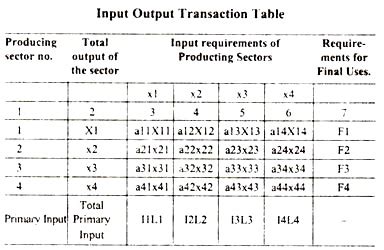Ethereum: Maximum Transaction Input/Output
In Ethereum, the concept of transactions is central to the functioning of the decentralized network. However, achieving optimal efficiency and resource management can be challenging due to several constraints imposed by the network design.
Maximum number of inputs/outputs
The maximum number of entries (i.e. coins) that one transaction can have in Ethereum is determined by the type of transaction and the associated gas limit. For example:
- Transaction Types: There are four main types of transactions: (1) send transaction, (2) receive transaction, (3) call transaction, and (4) data transaction.
- Gas Limit: The maximum amount of gas that can be consumed in one transaction is 20,000. This limit applies to all types of transactions regardless of their associated gas limits.
Maximum number of transaction entries
As for the number of inputs (i.e. coins) a single transaction can have, Ethereum’s design imposes strict limits. The maximum number of entries for a single transaction is 15 (inclusive).
To further illustrate this concept:
- Transaction Types: As mentioned earlier, there are four main types of transactions.
- Gas Limit: As above explained, the gas limit per transaction is 20,000.
Recommended number of inputs/outputs
While Ethereum’s design provides some flexibility in terms of input/output ratio, it is important to note that achieving optimal efficiency and resource management requires careful planning and consideration of various factors. Here a few recommendations:
- Split transactions

: when running faucet scripts or other applications, splitting transactions into smaller groups can help reduce overall fuel costs.
- Gas pooling
: using gas pooling mechanisms can also help optimize input/output ratio by summing gas costs from multiple transactions.
Conclusion
In conclusion, while the design of Ethereum imposes some limitations on the maximum number of inputs/outputs per transaction, careful planning and consideration of various factors can help achieve optimal efficiency and resource management. By understanding the fundamental mechanics of the Ethereum network and using recommended strategies, developers and users can optimize their applications for better performance.
Deixe um comentário